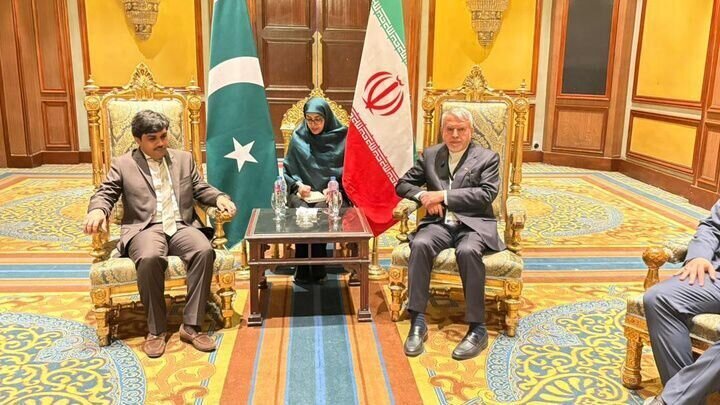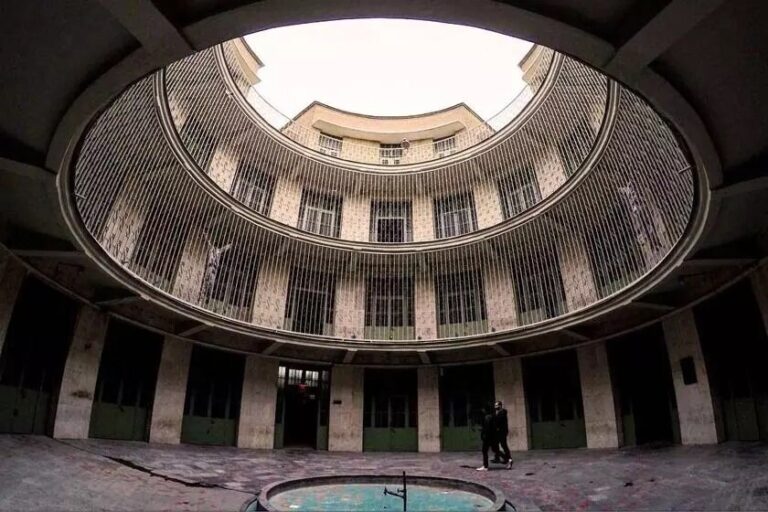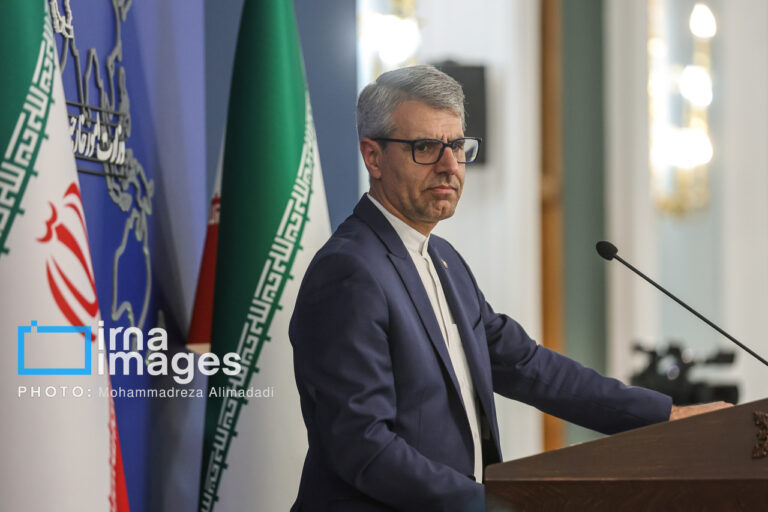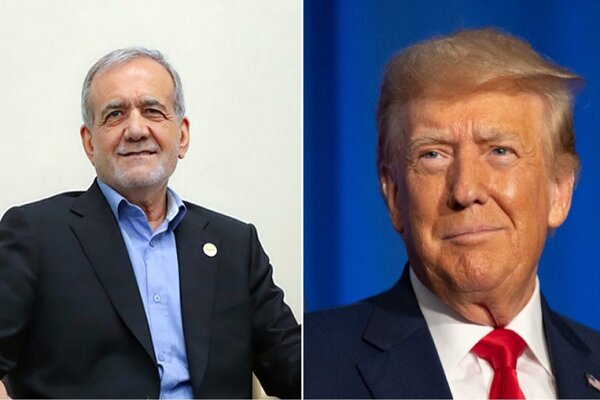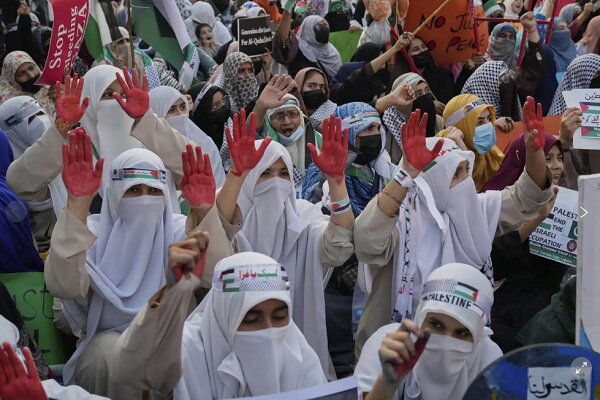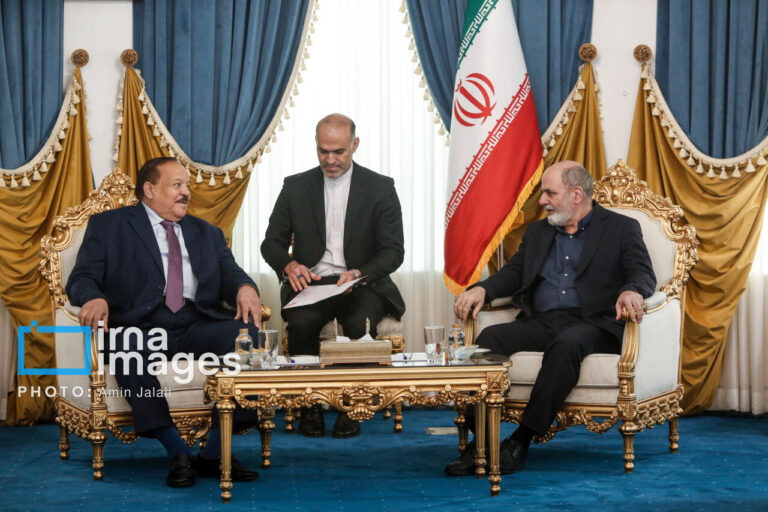Boosting Tourism: Iran and Pakistan Set to Draft MoU for Collaboration
Iran and Pakistan are set to enhance their tourism collaboration by drafting a memorandum of understanding (MoU) aimed at promoting cultural and recreational exchanges. This significant development was announced by Iran’s Minister of Cultural Heritage, Tourism, and Handicrafts, Seyyed Reza Salehi-Amiri, during a recent meeting with Huzaifa Rehman, the Special Assistant to the Prime Minister on National Heritage and Culture of Pakistan. The discussions took place on the sidelines of a D-8 tourism ministers’ meeting held in Cairo.
Salehi-Amiri emphasized that Iran is considered a second home for the Pakistani people, highlighting the deep-rooted cultural, religious, and historical ties that bind the two nations. Furthermore, he noted that Iran has taken steps to facilitate the movement of Pakistani pilgrims across its borders.
- Border Facilities: The Iranian government has mobilized its border areas to improve the travel experience for Pakistani visitors. Key facilities such as accommodations and restaurants have been established at the Mirjaveh and Rimdan border crossings to cater to their needs.
- Cultural Ties: The Minister highlighted the importance of strengthening relations between Iran and Pakistan, particularly in religious, natural, sea-based, and desert tourism.
- Tourism Potential: Iran boasts a diverse range of tourism opportunities, claiming to be the only country worldwide that offers all 20 known types of tourism, including cultural heritage, nature tourism, marine tourism, desert tourism, forest tourism, and spiritual tourism.
“We have mobilized our borders to facilitate the movement of Pakistani pilgrims, and facilities including accommodations and restaurants have been set up at the Mirjaveh and Rimdan border crossings,” Salehi-Amiri stated, underlining the importance of making travel easier for Pakistani tourists.
In response, Huzaifa Rehman expressed Pakistan’s commitment to enhancing its relations with Iran across various sectors, with a particular focus on tourism. Rehman affirmed that both countries can benefit significantly from increased collaboration in this area.
Tourism is not only a means of economic growth but also a way to foster understanding and cultural exchange between nations. As Iran and Pakistan forge this new agreement, they aim to leverage their shared heritage to attract more visitors.
- Shared Heritage: The historical and cultural connections between Iran and Pakistan are rich and varied, offering numerous opportunities for tourism development.
- Economic Benefits: Strengthening tourism ties can lead to increased economic activity in both countries, benefiting local businesses and communities.
- Enhanced Travel Experience: With improved infrastructure and services at border crossings, the travel experience for tourists is expected to be more enjoyable and convenient.
With Iran’s rich cultural heritage and Pakistan’s historical landmarks, the two nations can create attractive travel packages that appeal to tourists from both countries and beyond. The MoU aims to capitalize on these opportunities, fostering a tourism sector that is beneficial for both sides.
Both countries stand to gain from shared initiatives in marketing their tourist attractions, creating joint events, and developing cross-border tourism routes. By working together, Iran and Pakistan can enhance their visibility in the international tourism market.
As the agreement takes shape, both nations will explore various avenues to promote their unique attractions, from religious pilgrimage sites to natural wonders and cultural festivals. This cooperation could redefine the tourism landscape in the region and provide travelers with a richer experience.
In conclusion, the forthcoming MoU between Iran and Pakistan is a promising step towards strengthening bilateral relations and enhancing the tourism industry for both nations. As they work together to promote their shared heritage, they pave the way for a vibrant future in tourism that benefits not only their economies but also their cultural exchange.
